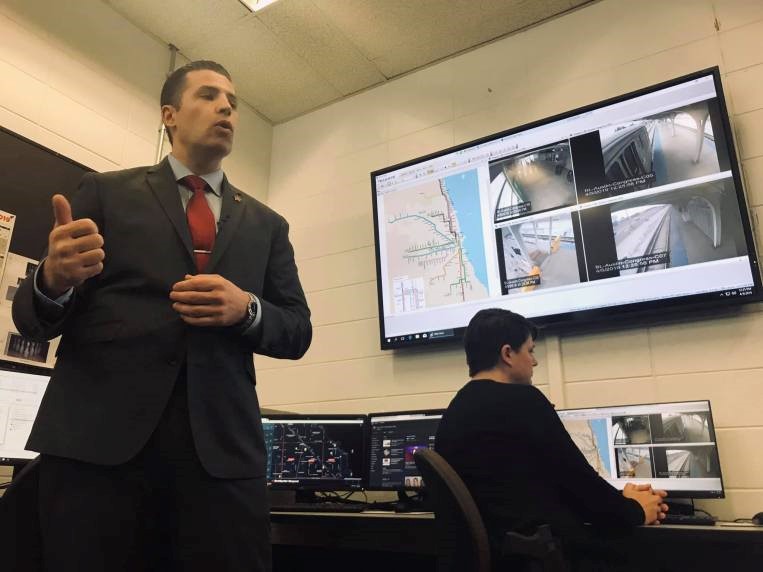Clearance Rates

The Crime Lab partnered with the Chicago Police Department to analyze historical trends in clearance rates for homicides and non-fatal shootings and evaluate the innovative Area Technology Center (ATC) model.
Challenge
In Chicago, the rates at which homicide and non-fatal shooting cases are solved (clearance rates) are among the lowest of any major city in the U.S., undermining public confidence in the criminal justice system and likely intensifying a cycle of violence.
Opportunity
The Crime Lab is working on two research studies to understand low clearance rates for homicides and non-fatal shootings in Chicago. The first study explores homicides and arrests in Chicago going back to 1965, intending to determine the factors influencing solvability and how they have changed over time. The second study is a quasi-experimental evaluation of the ATCs to understand their impact on homicide and non-fatal shooting case clearance.
Project overview
Chicago’s clearance rates for homicides and non-fatal shootings – the rate at which these cases are solved, or “cleared” – are among the lowest of major cities in the U.S.. Low clearance rates can undermine public confidence in the criminal justice system, as community members witness those who commit acts of violence remain free. This undermining of public confidence in the police is a problem in its own right and may further fuel the gun violence problem by reducing the willingness of the public to cooperate with law enforcement. Worse still, instead of formally seeking justice, some in the community may be encouraged to resort to retaliation, further continuing the cycle of violence.
The Crime Lab has partnered with the Chicago Police Department (CPD) to learn from historical trends and evaluate current efforts to improve investigations and increase the clearance rate. The Crime Lab is currently working on two studies in this area. The first is an exploration of homicides and arrests in Chicago spanning 1965 to 2020, intending to determine the factors that influence solvability and how they have changed over time.
The second study is a quasi-experimental evaluation of the Area Technology Centers (ATCs), which were established with the aim of improving homicide and non-fatal shooting case clearance. The Crime Lab partnered with CPD and the Griffin Foundation to help develop the ATCs. The model includes physical rooms equipped with the latest in video collection technology combined with teams of officers and detectives explicitly trained to collect, compile, and present digital evidence in homicide and non-fatal shooting cases. The first ATC opened in CPD’s Area South in early 2019; as of 2023, there are five ATCs across the city. The Crime Lab research team will compare the clearance rate impacts of areas with ATCs compared to those without to gain insight into the effectiveness of the ATCs on investigations. The results from this study will be helpful to police departments around the country considering similar technology-focused initiatives.
Years Active
2018 – present
Topics
Project Leads
Anthony Berglund
Associate Director of Project Management

Philip Cook
Professor Emeritus of Public Policy and Economics at Duke University

Jens Ludwig
Pritzker Director

Matteo Magnaricotte
Research Director

More and better video evidence for police investigations of shootings: Chicago’s Area Technology Centers
Case study article on the background of CPD’s Area Technology Centers (ATC) and set up for subsequent research.
